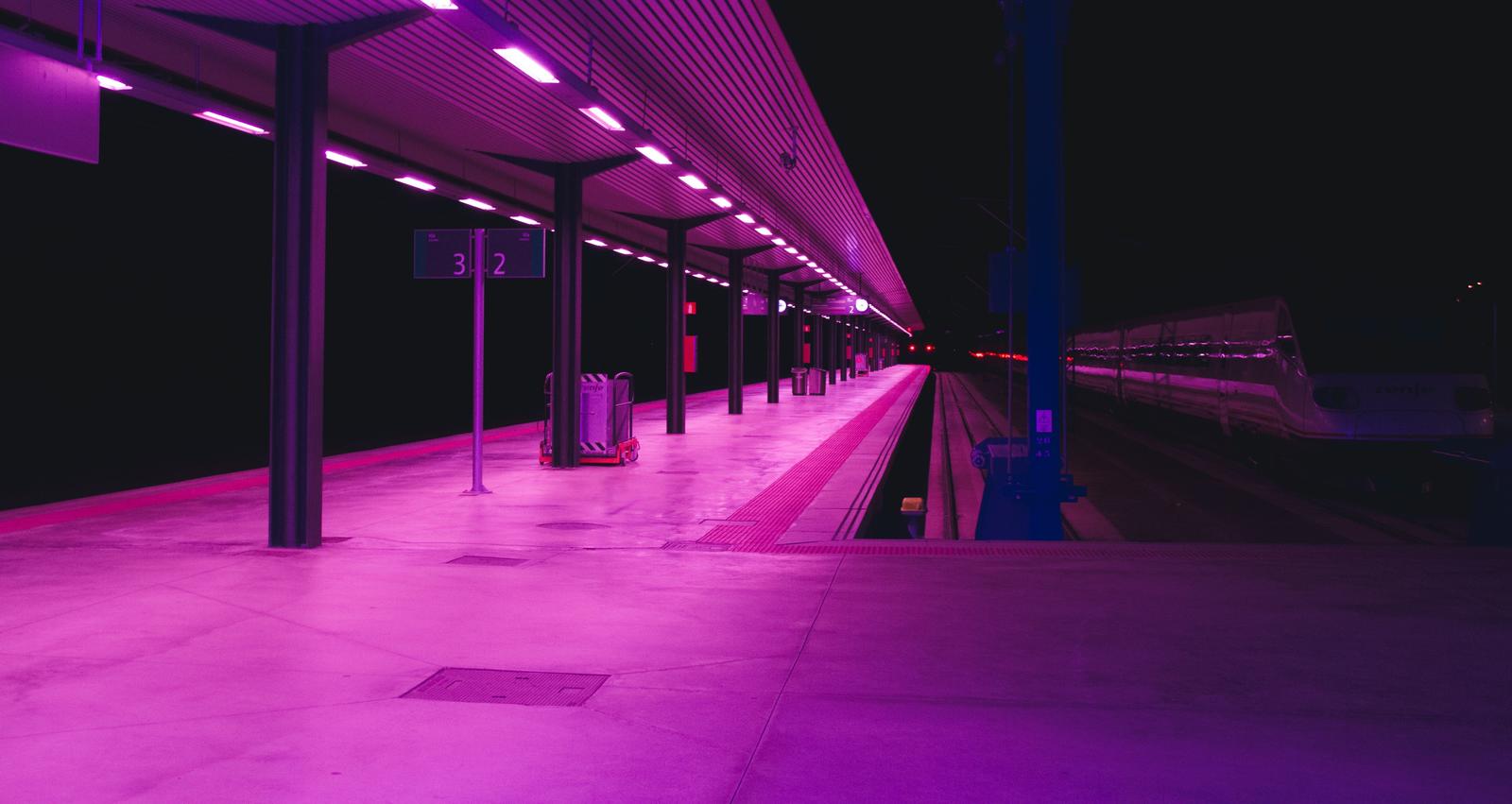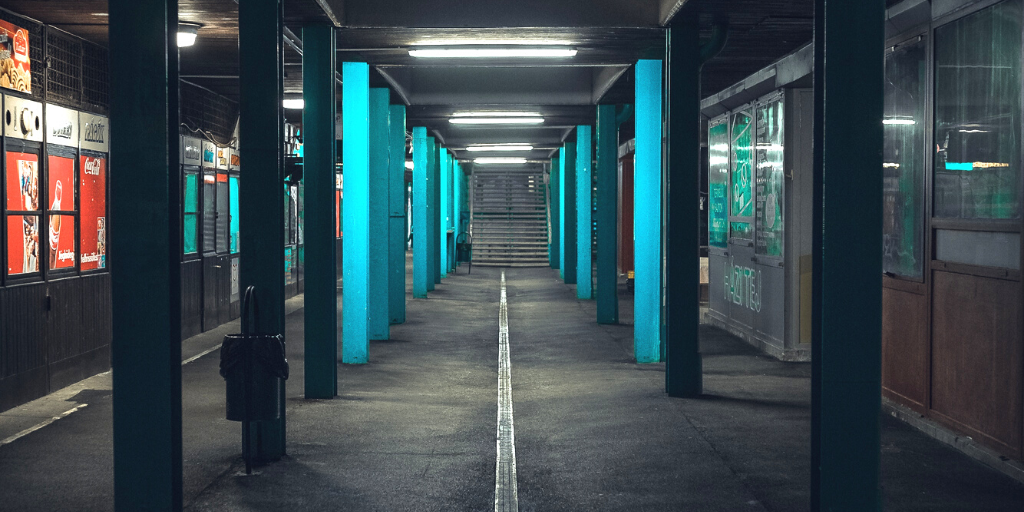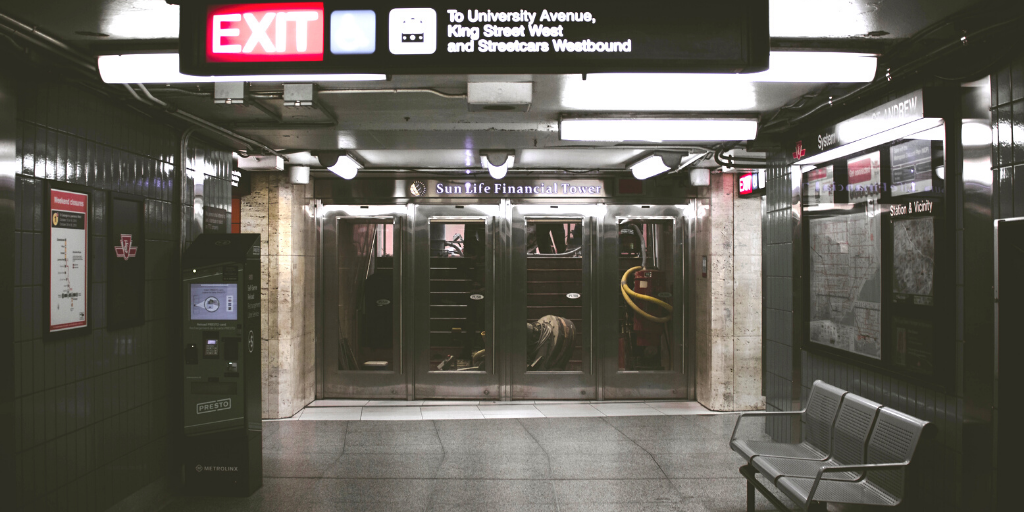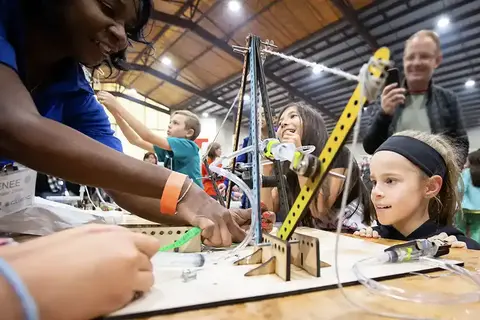The rapid and widespread impact of COVID-19 has taken much of the planet by storm.
Populations have never encountered such disruption and a massive impact on our health and well-being. While we focus on addressing the immediate, life-threatening emergency, we are learning powerful and very personal lessons in preparedness and response to a worldwide threat.
As we look towards the future, we ask ourselves two fundamental questions:
- How will we recover?
- How can we prevent a similar situation in the future?
The answers to the above questions are heavily reliant on available technology, and our understanding of the global complexity of our intertwined political, environmental, and socioeconomic systems. With Bloomberg conservatively predicting a coronavirus-related $2.7 trillion cost to the world economy, we are acutely forced to re-assess the high investment costs needed to prevent future crises, as we weigh this against the catastrophic costs resulting from the current reactive response.
Treating the COVID-19 pandemic as a once in a lifetime event is naive.
As deforestation and sprawl bring humans and animals into closer proximity, the likelihood of transmission of naturally occurring viruses from wildlife hosts to humans significantly increases - with the ensuing result that COVID-19 type of pandemics is likely to rise in the future.
It is the conundrum of our times that over-populated urban zones are highly conducive to the rapid spread of viruses, while at the same time high-density living is imperative to limit sprawl and environmental impact to prevent subsequent pandemics.
With closures of national borders, wide-spread restrictions in mobility, and shortages of foreign goods, we are further forced to rethink our dependency on globalization and how we can rebuild our cities to be more resilient and self-reliant.
As pandemic lockdowns have rolled out globally, many of us along with millions of other workers and students, have made a relatively fluid transition to working remotely from our homes. Latest Enterprise Software has ensured continuity and data security of corporate and government services. And most famously Zoom and Slack, have enabled us to work efficiently and collaboratively while physically apart.
Depending on the length of the lockdown, the current uptake of work from home is predicted to continue beyond the pandemic and is as unprecedented as its contribution to the environmental impact. The benefits, stemming from behavioral changes in these relatively few weeks have been nothing if not profound, with satellite imagery and sensor data showing air pollution and greenhouse gases plummeting around the world.
While the count of lost lives due to the pandemic continues to rise, according to Stanford University’s Marshall Burke, the pollution reductions in China alone “have saved the lives of 4,000 kids under 5 and 73,000 adults over the 70.”
Looking to continue these dramatic improvements and unparalleled blue skies in cities like Los Angeles, in a post-pandemic future, we must turn more seriously to existing and still largely underutilized tools. Data analytics, AI, congestion pricing, reduced off-peak rates for commuters, off-peak goods delivery, and telecommuting can all significantly decrease densities on our roads, sidewalks, buses, and over-crowded subways.
We’ve understood for decades that the resiliency and health of a city rely heavily on transit as its bloodline for transporting people.
Augmenting public transit with private transportation modes using Mobility as a Service, MaaS - creates by design, a more personalized and convenient passenger journey. But more importantly, by mixing different modes of transport, physical spaces and operators, we add an efficient, interconnected back-up into the city’s transportation network. And while during a pandemic this can be another literal vehicle for spreading a virus - implemented with the right safety precautions, a multi-modal system provides an overwhelming ability for the city to crowd control by throttling the flow of people across varying physical spaces, and by shifting journeys from on-peak to off-peak periods.
Pandemics have come and gone as we have now been painfully reminded.
With the global population close to eight billion people the risks have significantly escalated, and we are facing unprecedented and frequent challenges driven by the high human impact and corresponding environmental implications. The outcomes of our behaviors are no longer in the distant future but showing up regularly with catastrophic consequences to our current health and economies.
The COVID-19 pandemic is a difficult reminder that this future is now and that how we choose to address it is in our hands.
Katie Busch-Sorensen is a senior solutions architect for Cubic Transportations Systems. She is an industry veteran of 20 years, starting out in the transit industry after graduating as an electronics engineer in Perth, Australia. After a brief two-year hiatus working for a gaming start-up in London, Katie joined Cubic in San Diego where she now works on customer-focused, technical solutions for transit agencies in North America. Her passion is to take advantage of evolving technologies to create sustainable, multi-modal transportation, and enable the growth of flourishing and equitable communities. Her second passion is to support the development of young engineers. She sits on the Executive Advisory Board for the University of San Diego (USD) Shiley-Marcos School of Engineering, where she is a founding member and industry staff for the Industry Scholars program focused at bridging the gap between academia and industry. If you’re an early riser, you can catch her running barefoot in Ocean Beach, training for her ninth marathon.






